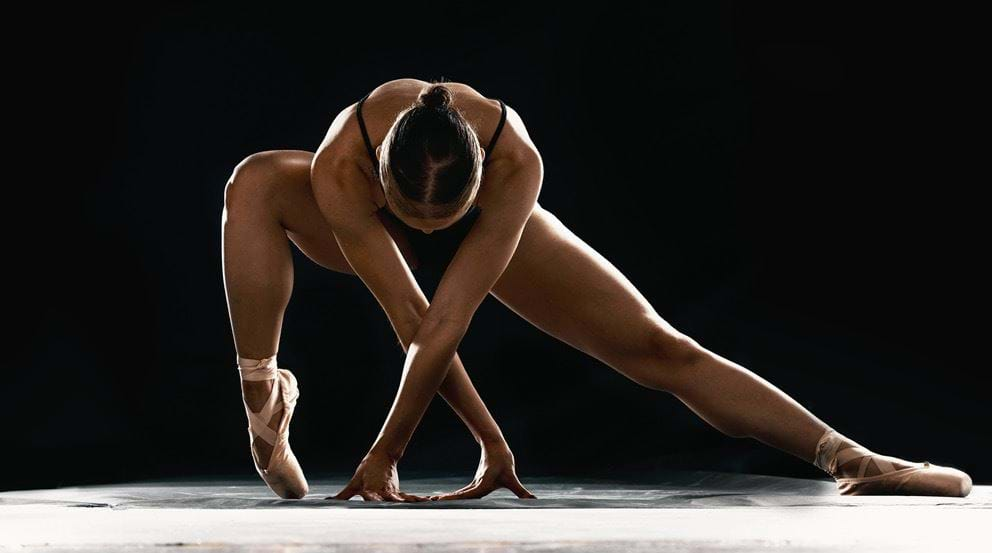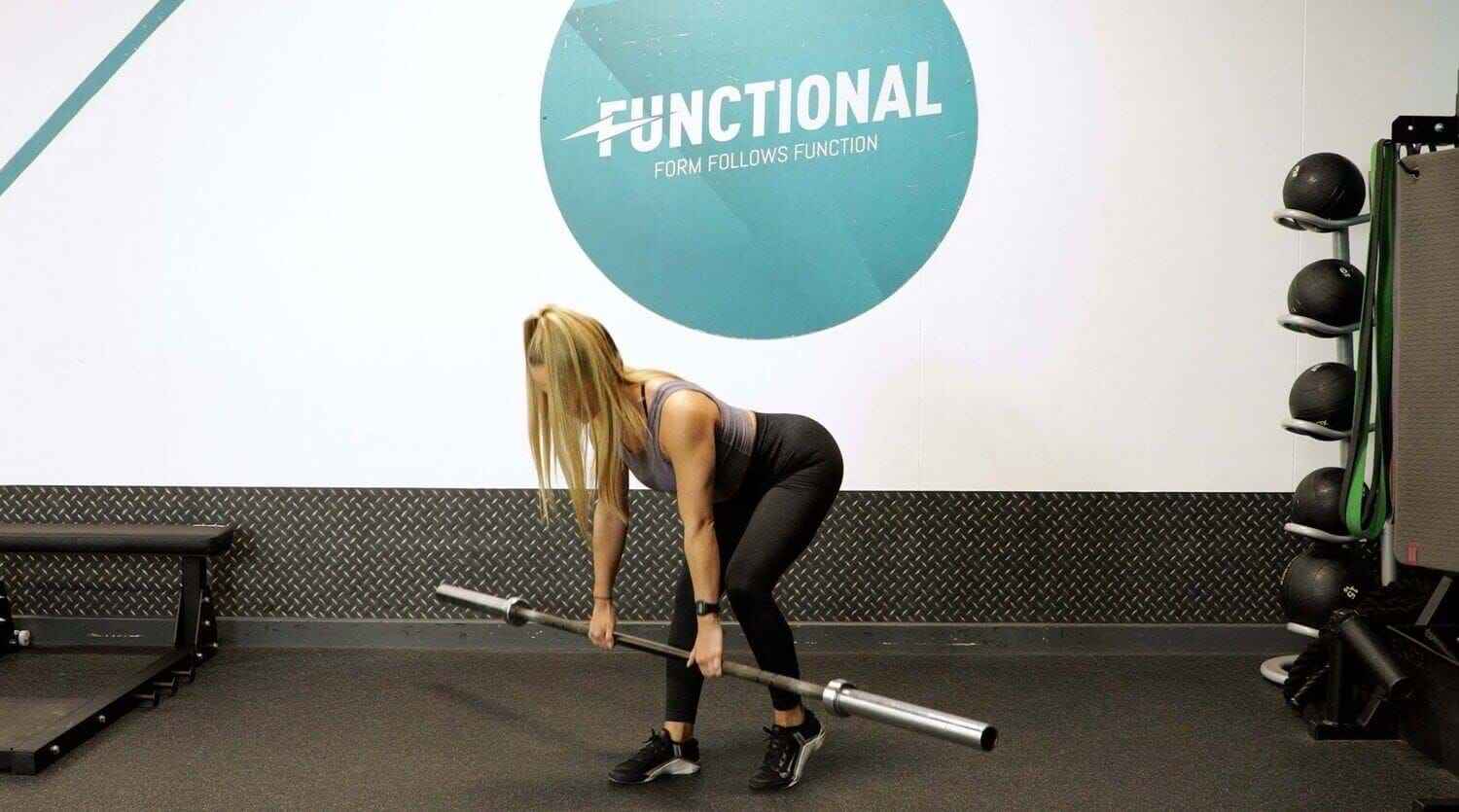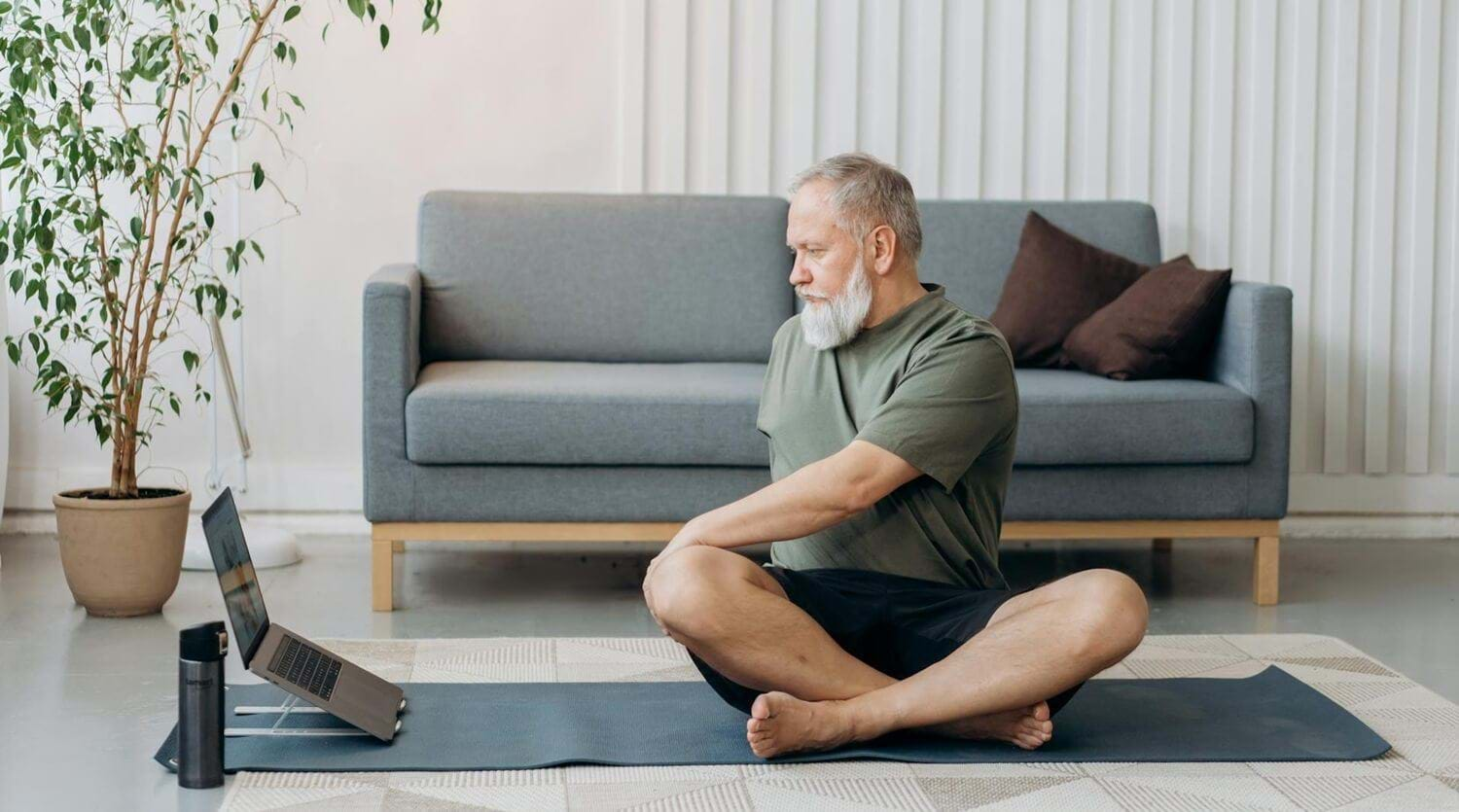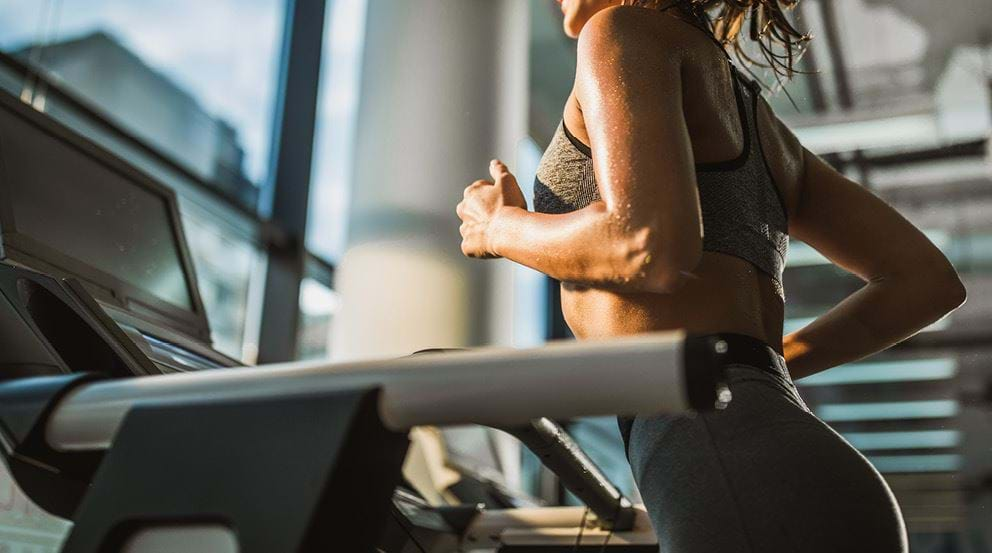The Best Gym Workout Plan for Dancers

Why Should Dancers Workout | What Should A Dance Workout Routine Include | How Often | Arm Workouts | Leg Workouts | Ab Workouts | Full Body Workout | Flexibility | Cardio
While dancing may look effortless and graceful, it is extremely challenging with dancers requiring huge amounts of strength and flexibility to perform.
PureGym Ashford Warren Retail Park Personal Trainer Katie Metcalfe, who has danced since she was six years old, shares the benefits of having a workout plan for dancers, with a full body dancer workout you can try for yourself.
Why Do Dancers Need To Work Out?
Dancing is an intensive form of exercise that requires a high level of fitness to perform. Whether you do break dance or ballet, you need a lot of strength to hit dance movements, hold yourself, and lift others.
Dance class conditioning is great but is limited, especially when it comes to building strength. A good my workout for dancers helps to build the strength, mobility, and endurance needed for good performance.
Training can also help to prevent injuries, as muscles become stronger, more flexible, and more resilient to handle dancing with ease.
What Should A Dancer Workout Routine Include?
Dancers need a well rounded mix of training, consisting of:
- Strength training: dancers need strong muscles to get into and hold movements. Ballet dancers in particular need a lot of strength to ensure they can go on pointe and hold strong positions.
- Mobility and flexibility work: dancers are required to have a high level of flexibility. While dancing itself can improve flexibility and mobility, dedicated training is more effective at building active flexibility quickly.
- Cardio: cardio endurance helps with the constant movement and rising heart rate dancers need. For commercial style dances, you will need better cardio workouts for dancers as it is requires faster moves and doesn't need as much control with the movements.
How Often Should Dancers Work Out?
It's important to manage overall training volume to prevent burn out, and dancers should aim for at least one full rest day a week. An example of how weekly workouts for a dancer could look is:
Monday: 15 minutes mobility training, 45 minutes full body strength training
Tuesday: dance training
Wednesday: 30 minutes mobility training, 15 minutes core
Thursday: dance training
Friday: 30 minutes cardio, 30 minutes full body strength training
Saturday: dance training, 15 minutes flexibility training
Sunday: rest
Strength Workout For Dancers
Strength training is highly beneficial for dancers, helping to build the strength to lift yourself and others into tricky positions. Here are some of the best exercises for dancers to include:
Arm Workouts For Dancers
Dancers are often known for having strong, toned arms, but having a strong overall upper body is key. Compound exercises which work the chest, shoulders, and back while working the arms is the best way to build upper body and arm strength effectively.
Key exercises:
Push ups
Shoulder press
Lat pull downs
Leg Workouts For Dancers
Strong legs are crucial for dancing, helping with moves as well as improving endurance. Again, choosing compound exercises allows you to train all the lower body muscle groups with fewer exercises for greater efficiency without the need for high training volume.
Key exercises:
Leg press
Squats
Calf raises
Lunges
Ab Workouts For Dancers
Having a strong core is crucial for dancers, helping with stability and coordination, flow, and injury prevention. Aim to train both core exercises (involving movement) and anti-core exercises (resisting movement).
Key exercises:
Planks
Sit ups
Dead bugs
Russian twists
Example Full Body Workout
Full body workouts are an effective way to train all muscle groups in one session, perfect for dancers who need to juggle dancing and training sessions each week. Here is an example full body gym workout for dancers you can try:
Warm up
- 5 minutes moderate cardio
- 5 minutes active stretching
Workout
Squat to shoulder press – 3 x 8-12 reps
Stand with feet shoulder-width apart, holding dumbbells or a barbell at shoulder height. Lower into a squat while keeping your chest up and core engaged. Push through your heels to stand back up while pressing the weights overhead until your arms are fully extended. Bring the weights back to shoulder height and repeat.
Dumbbell lunge – 3 x 10 reps each side
Stand with a dumbbell in each hand at your sides, feet hip width apart. Step forward with one leg and bend both knees to 90 degrees, keeping your front knee over your ankle and your back knee just above the ground. Push through the front heel to return to standing, then repeat on the other leg.
Dumbbell hold marches – 4 x 30 seconds
Stand with feet hip width apart and shoulder press dumbbells overhead. Keeping your arms extended, engage your core and lift one knee up towards your chest before lowering it back down and immediately repeating on the other side.
Plank dumbbell crossover – 3 x 12-15 reps
Start in a high plank position with a dumbbell next to one hand. Engaging the core and hips to prevent falling, reach across your body with the opposite hand to grab the dumbbell and drag it under your chest to the other side. Place the dumbbell down and repeat on the other side, alternating while maintaining a strong, steady plank throughout.
Push ups – 4 x 6-10 reps
Begin in a high plank position with your hands placed slightly wider than shoulder-width apart, core engaged with your body in a straight line from head to heels. Bend your elbows to lower your chest toward the floor before pushing through your palms to straighten your arms and return to the starting position.
Around the world – 3 x 8-12 reps
Stand with your feet around hip width apart, holding a dumbbell in each hand in front of your hips with palms facing forwards. Keeping your elbows extended, lift the dumbbells out to the side and overhead in a circular movement before returning them back to the start in the same motion.
Cool down
30-60 seconds passive stretching: shoulders, chest, back, glutes, quads, hamstrings, calves.
Flexibility Routine For Dancers
Training flexibility is key for getting into advanced dance movements without injury. Dancers need active flexibility strength to be able to pull their bodies into and hold shapes, so a dance flexibility routine should include a mix of passive and active stretches:
Passive stretching
Passive stretches involve using external force to stretch a muscle and holding this stretch for a period of time. They are great for increasing overall flexibility and increasing end range movement. Passive stretches should be done when the body is warm and held for 20-60 seconds per stretch.
Active stretching
Active stretches involve using the muscles to stretch themselves or the opposite muscle. This type of stretching increases strength at end range, making it easier to achieve flexible positions without external help. Active stretching can be done as a warm up for a workout or as part of a dedicated flexibility session.
Cardio Workouts For Dancers
Good cardio endurance is important for dancers as they are required to constantly move while remaining in control. There are two types of cardio that are beneficial to include:
Steady state cardio: moderate intensity cardio performed for 30-60 minutes can help to improve endurance for long periods of dancing.
HIIT: shorter workouts alternating periods of high intensity cardio with rest helps with overall fitness and ability to handle fast or intense movements.
If you're looking for more bespoke advice, why not work with a Personal Trainer like Katie who can build you a workout programme based on your unique goals. Find your nearest gym here to get started.


